Effortless entertainment is a very underrated benefit of TV: Prathyusha Agarwal
Following the TRAI-mandated new tariff order coming into effect earlier this year, broadcasters, DTH service providers as well as cable operators have been coming out with campaigns informing their subscribers to make the shift to the new regime and inform about their channel preferences.
While the broadcasters are busy building their bouquets and communicating the prices to the viewers, Zee English Cluster has taken a rather differentiated route with its insightful ad campaign – #WhereIsMyChannel. While the consumers are involved in their content choices, they often tend to postpone communicating with their cable operators. The campaign prompts for this necessary action. The two entertaining ad films feature Bollywood filmmaker Anurag Kashyap and the percussion maestro Sivamani as viewers of Zee Café and &flix, respectively.
In conversation with Adgully, Prathyusha Agarwal sheds more light on the #WhereIsMyChannel campaign, the audience for the English content, performance of Zee’s English cluster and more. Excerpts:
What is the insight behind this campaign?
We had launched the ‘Channel Ka Chunav’ campaign that sought to encourage our viewers to select their favourite Zee channels. If you look at the funnel, by the time it was March, there was already 90 per cent awareness among the consumers that they needed to choose their channel packs or a la carte channels. But a final behavioural trigger is what was required. With #WhereIsMyChannel, we are trying to encourage consumers to ask their cable operators for their favourite channels. We understood that behaviourally that last mile is the biggest gap and the insight was that the cable operator may not really know you, so how will he imagine what you will need? So, you need to ask for it.
The English audience is highly involved in their content choice, but they are not that highly involved in the purchasing decision. Hence, the campaign acts as a trigger for the viewers of our English bouquet as well, which includes Zee Café, &flix, and &PrivéHD.
Is the English-speaking audience lagging behind in choosing their channel packs?
There are different types of consumers – on DTH and on cable. The DTH consumers are used to going to the DTH website and making their pack choice. But it is a new behavior for the cable TV consumer. A lot of DTH players have kept the faith in the consumers, unlike the cable ecosystem, where a switch-off has happened especially for the English consumer, who is switching to DTH subscription.
Previously, the cable operator had, say, 100 subscribers of which only 5 per cent would ask for changes to be made in their channel pack. Now, he has to get the preferences from all the subscribers and execute it in his technology system. Most of the last mile guys convert the base pack. Hence, the English customer is accustomed to asking for his top-up pack or specific channels.
It is not so much about the consumer lagging as much as the system’s readiness or the system’s ability to execute. But I think the entire last month has seen a slow and steady progress and we see that being reflected in the way people’s migration numbers are moving.
Do you think there is a disinterest in the English customers due to easy access to content on digital platforms?
In the last 3 years, the English GEC genre has grown by 2.5x times – from close to 400,000 impressions in Week 1 of 2016 to 10,00,000 impressions in the last week of 2018. These numbers are huge; and if I take the English movie genre which has a larger base, it has also grown by 26-28 per cent in reach. This clearly shows that far from disinterest, there is a massive increase in interest in this genre. Digital platforms are coming to TV and we will see consumers use those platforms. However, while you are saying that choosing channel pack is tedious, the purchase process on digital platforms is not that much easier. On digital, one has to subscribe to 4-5 OTT platforms and surf and make a choice. Effortless entertainment is a very underrated benefit of TV.
What is the profile of the English viewers and what kind of content do they like to watch on television?
It is a large base of NCCS A and B for English channels. There are audiences from metros and megacities with an equal split between men and women. We also get a huge contribution from Tier 1 towns. We have audiences fairly well spread across metros and megacities in the 18-40 age group. Looking at the genres, in the entertainment category the top genres are sitcom, reality and drama. Sitcoms account for 41 per cent of the viewership, with ‘Big Bang Theory’ being a huge contributor. Reality is another big pillar; in ‘American Idol’ last year, we grew our slot viewership by 30 per cent, while the reach grew by 34 per cent on the back of that show. The next big pillar is Drama, and we have been building a niche for drama as a category with the BBC First programme block. In the GEC space, Zee Café differentiates itself by driving drama in a big way. We are looking at growing that further. In terms of movies, it is typically the action-adventure genre that contributes almost 59 per cent. There may be real life-based stories or biopics, but most of it is still action and adventure stories that do well. &PrivéHD is in a more nuanced space of cinema. Biopics and true stories account for close to 25-30 per cent of this genre.



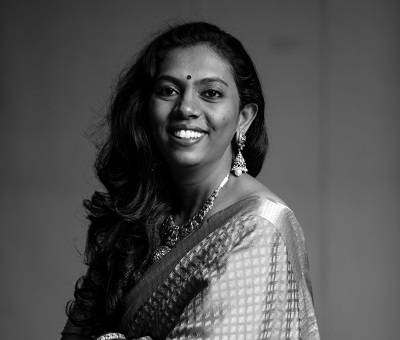
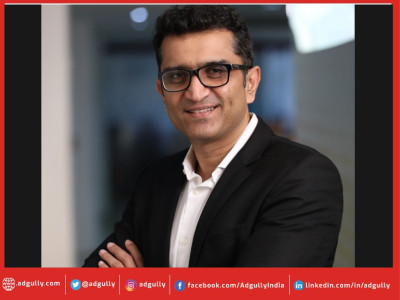

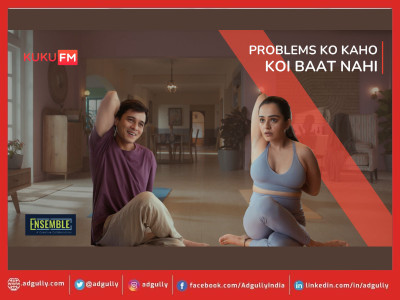
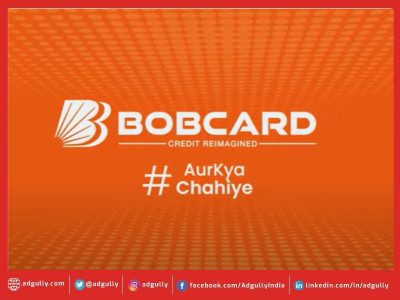
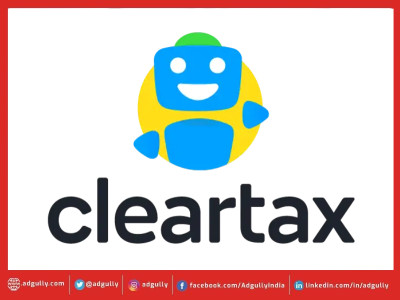

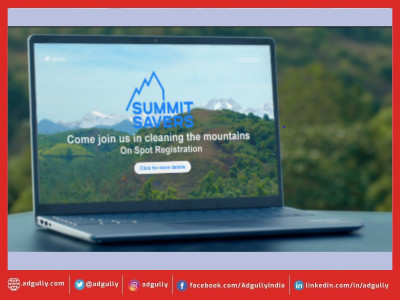
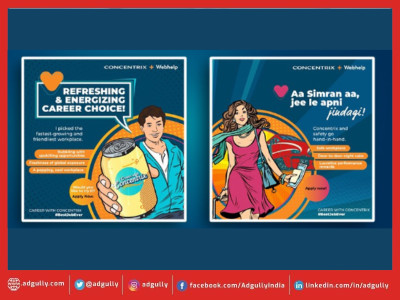

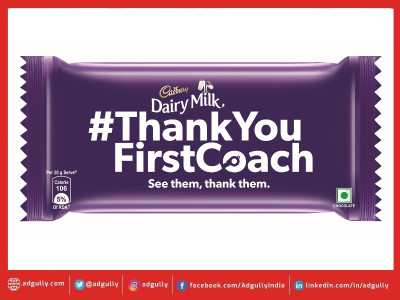
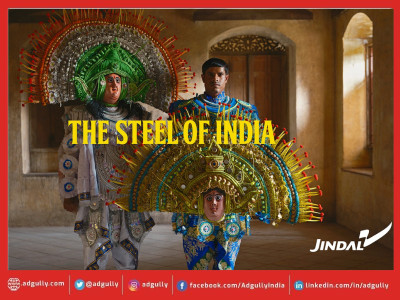


Share
Facebook
YouTube
Tweet
Twitter
LinkedIn